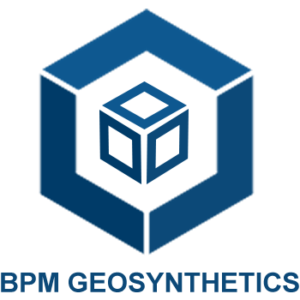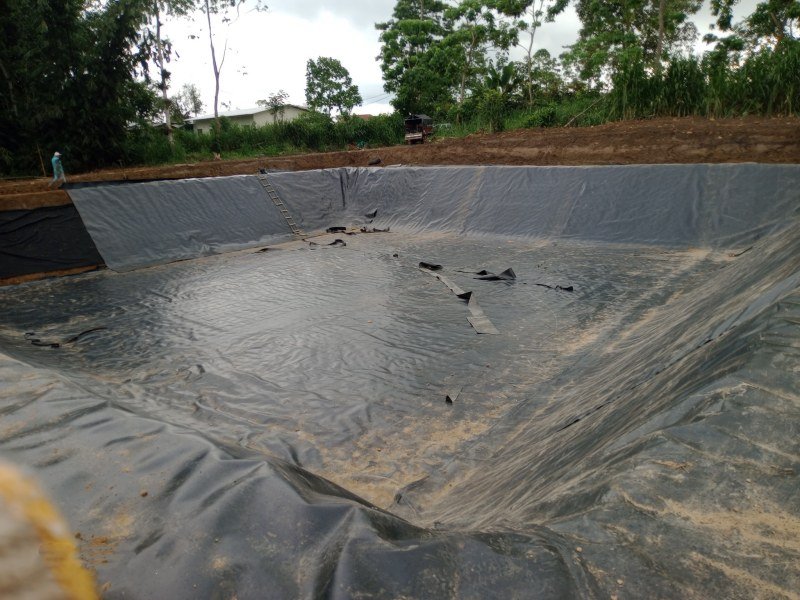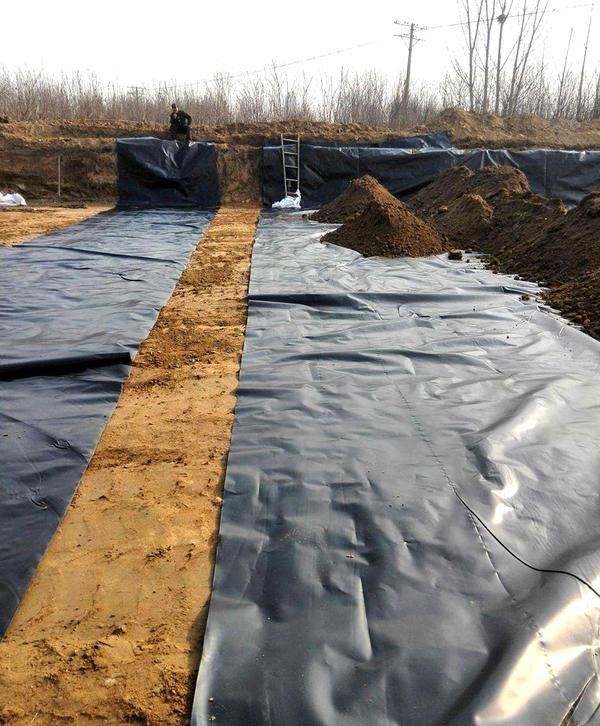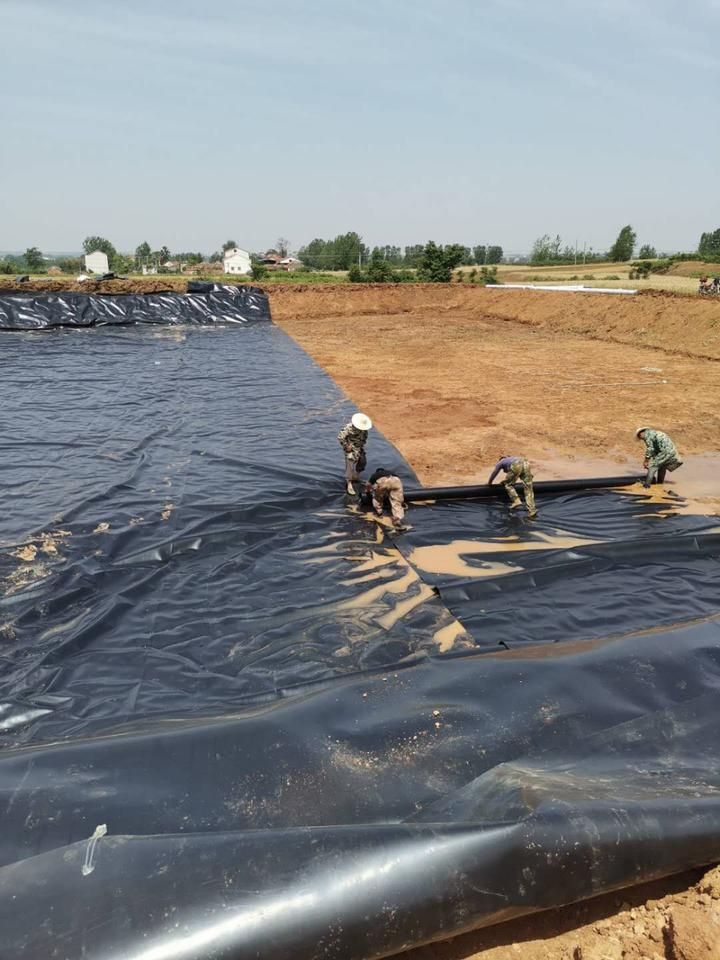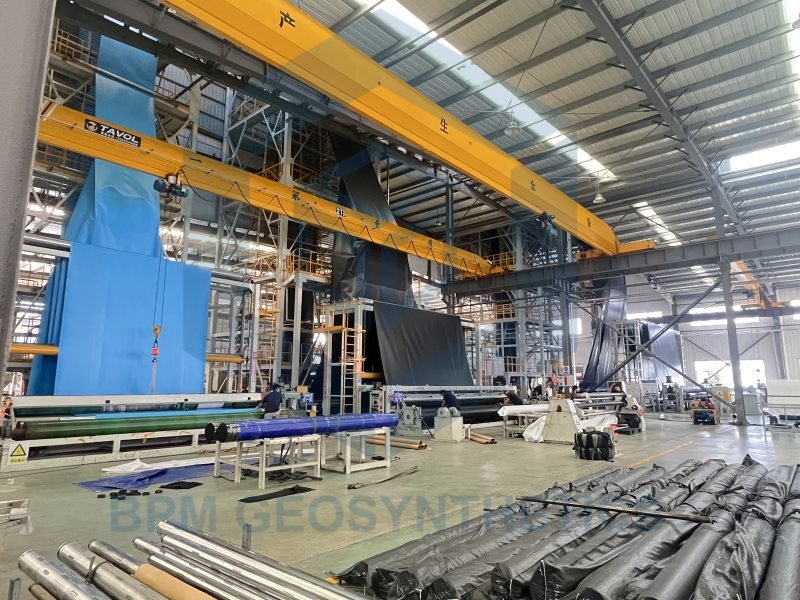Geomembrana HDPE 40 mils has become the industry standard for containment solutions because it delivers exceptional durability, chemical resistance, and impermeability. Engineers and project managers consistently choose this material for environmental protection, waterproofing, and industrial applications due to its proven performance in landfill sites, fisheries, and agricultural water storage systems. As a leading manufacturer, BPM Geosynthetics produces premium HDPE geomembranes that meet strict GRI-GM13 standards, guaranteeing both long-term stability and environmental safety. Their geomembrana HDPE 40 mils combine superior UV resistance with remarkable flexibility, making them the go-to solution for global infrastructure projects that require both cost-effectiveness and sustainability.
1. Chemical and Physical Properties of Geomembrana HDPE 40 mils
Manufacturers produce geomembrana HDPE 40 mils through low-pressure catalyst polymerization of polyethylene monomers, creating a linear polymer structure. This process achieves an impressive crystallinity of 80-95% – significantly higher than LDPE’s 40-60% – while maintaining a density range of 0.940-0.965 g/cm³. The material’s highly regular chain segments and minimal branching contribute to its outstanding performance characteristics:
UV resistance: While pure geomembrana HDPE 40 Mils show sensitivity to 290-400 nm ultraviolet radiation, manufacturers enhance protection by incorporating 2-3% carbon black (with particle size <25 nm and dispersion ≤3 levels) along with 0.5% HALS light stabilizers during melt extrusion. These additives reduce 350 nm transmittance below 0.1%, extending outdoor service life to 10-20 years or more.
Corrosion resistance: The material’s saturated C-C and C-H bonds create near-zero polarity, enabling it to withstand aggressive environments. It resists inorganic acids, bases, and salt solutions across the full pH 1-13 spectrum while maintaining stability with fatty hydrocarbons, alcohols, and diols below 80°C. Only concentrated nitric acid, halogenated hydrocarbons, and aromatic hydrocarbons cause slight swelling.
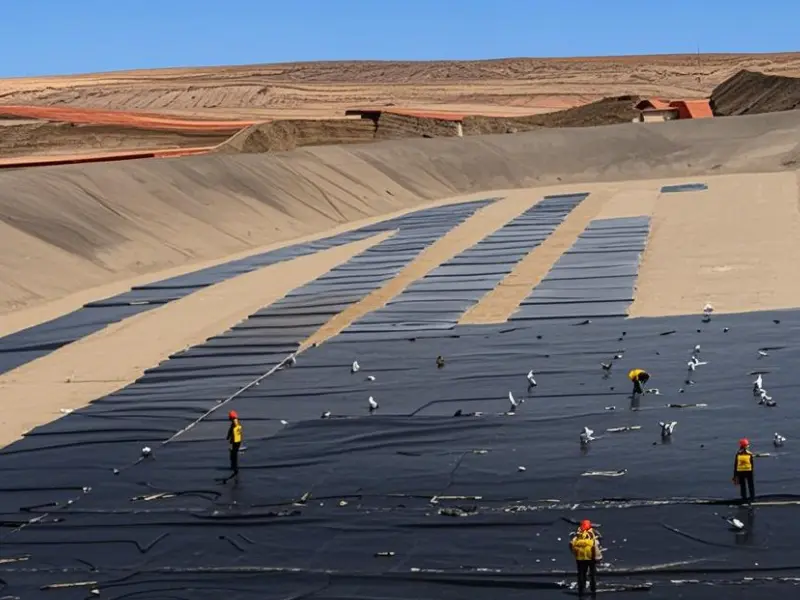
Flexibility: The crystalline regions provide excellent rigidity and tensile strength (22-30 MPa yield strength), while amorphous zones deliver remarkable toughness (≥700% elongation at break). This dual-phase structure allows installers to fold and weld the material into complex shapes while maintaining ductility even at -50°C.
Stress cracking resistance: Adding 0.5% butene-1 copolymer monomer significantly improves performance, boosting the F20 value (cracking time at 20% yield stress) from 300 hours to over 1,000 hours – far exceeding the GRI-GM13 standard of ≥300 hours.
2. The significance of Geomembrana HDPE 40 Mils
Mechanical properties: The geomembrana HDPE 40 mils thickness delivers substantial improvements over 30 mil alternatives, increasing tensile strength by 25-30% (reaching 20-25 MPa), tear resistance by 25% (>150 N/mm), and impact resistance by 35%. These enhancements dramatically reduce installation damage risks.
Anti-leakage performance: At geomembrana HDPE 40 mils thickness, permeability drops by 60%, and leakage rates under high-pressure conditions (10m head) decrease to just 40% of 30 mil membranes. This performance improvement slows pollutant migration by 1.5-2 times.
Durability: The material shows 40-50% longer oxidation induction times and 66% greater environmental stress crack resistance (>500 hours), extending service life from 25 years to 35-40 years.
Construction advantages: The material maintains 90% strength even with ±10°C welding temperature variations and allows direct installation on 5cm gravel layers. Contractors can work at temperatures as low as 0°C while achieving 5-8% overall cost savings. The 40 mil thickness provides projects with both wider safety margins and better economic balance.

3. How Geomembrana HDPE 40 Mils thickness alters stress distribution at the microscopic level
3.1 Stress Concentration Mitigation
While thinner 30 mil geomembranes develop high-stress zones under localized loads (like gravel pressure) that promote microcrack formation, the geomembrana HDPE 40 mils thickness distributes stress more evenly, substantially reducing local strain rates.
3.2 Creep Behavior Optimization
When subjected to long-term loading, the geomembrana HDPE 40 mils increased moment of inertia minimizes thickness loss from stress relaxation to less than 3%, compared to 6-8% for 30 mil versions.
3.3 Low-Temperature Brittleness Improvement
At -40°C, although molecular chain mobility decreases, the geomembrana HDPE 40 mils thickness creates a macroscopic volume effect that effectively suppresses crack initiation and delays brittle fracture.
Failure mode changes under extreme climate conditions (-40°C or 60°C)
4.1 Extreme Cold (-40°C) Performance
Despite HDPE’s -120°C glass transition temperature, the material does experience reduced toughness at -40°C. However, the geomembrana HDPE 40 mils thickness provides higher fracture toughness that significantly reduces low-temperature crack propagation. Additionally, the material’s greater stiffness minimizes thermal shrinkage-induced stress concentration at seams during temperature fluctuations.
4.2 High Temperature (60°C) Performance
While geomembrana HDPE 40 mils modulus decreases at 60°C (though its melting point remains at 130°C), the geomembrana HDPE 40 mils cross-section’s enhanced bending stiffness prevents excessive deformation under long-term loads and reduces sagging risks. The material also demonstrates slower OIT (Oxidative Induction Time) decay at elevated temperatures, effectively extending service life despite accelerated free radical reactions.
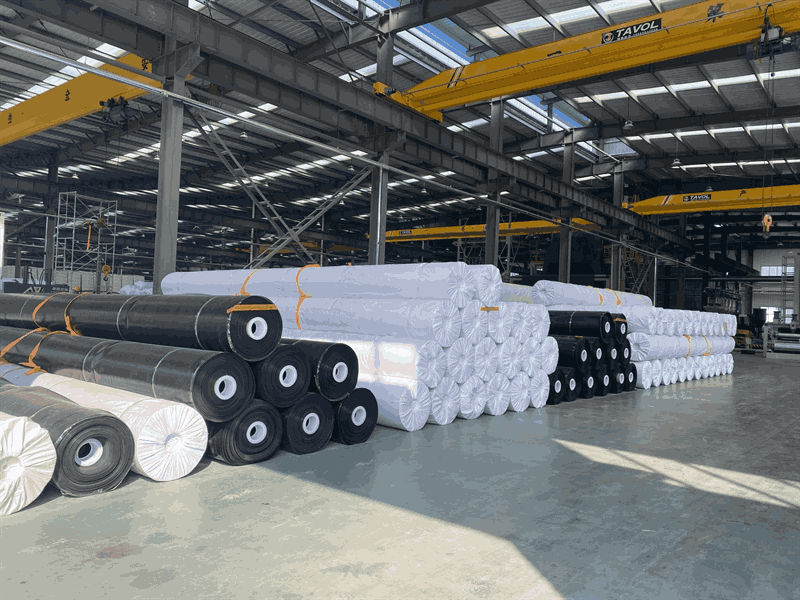
5. Sustainable development perspective of Geomembrana HDPE 40 Mils
5.1 Lifecycle carbon footprint advantages
Throughout its lifecycle, geomembrana HDPE 40 mils outperforms traditional containment materials environmentally. During manufacturing, it generates lower carbon emissions than clay liners or asphalt films. Its extended 35-40 year service life reduces replacement frequency and associated carbon costs. At end-of-life, facilities can thermally crack and recycle the material into fuel or pellets, unlike non-recyclable clay liners.
5.2 Recycling challenges and solutions
The recycling process does face several material science challenges. Used geomembrana HDPE 40 mils may contain absorbed organic pollutants (like benzene derivatives) that require chemical cleaning or high-temperature desorption. Multiple recycling cycles cause molecular weight reduction, necessitating chain extenders (such as peroxides) to restore polymer structure. Currently, recycled material typically serves only low-demand applications (like temporary covers) due to reduced mechanical properties, though ongoing research continues to improve recycling outcomes.
6. Geomembrana HDPE 40 Mils Applications
6.1 Mining Heap Leach Pads
The mining industry utilizes geomembrana HDPE 40 Mils as the primary lining material for heap leach pads, where its chemical resistance proves critical. Miners particularly value its ability to withstand prolonged exposure to acidic and cyanide solutions during metal extraction processes. By maintaining solution integrity throughout the recovery cycle, the liner directly contributes to both environmental protection and operational profitability.
6.2 Water Reservoirs and Canals
Agricultural operations benefit significantly from HDPE-lined water infrastructure. Farmers employ geomembrana HDPE 40 Mils in both storage reservoirs and distribution canals, addressing two key challenges simultaneously. The lining system dramatically reduces seepage losses while maintaining water quality, resulting in measurable improvements – farmers typically see increased crop yields alongside reduced water consumption.
6.3 Aquaculture and Fisheries
Aquaculture operations worldwide choose geomembrana HDPE 40 Mils for pond lining due to its multiple operational advantages. The material creates an effective barrier that prevents both soil contamination and water loss, while its smooth surface offers practical benefits. Farmers appreciate how easily they can clean the lined ponds and conduct harvests, leading to improved operational efficiency and product quality.

Conclusion
The geomembrana HDPE 40 mils represents a significant advancement in containment technology, combining superior engineering performance with environmental responsibility. Its optimized thickness delivers unmatched stress distribution, climate resilience, and longevity across diverse applications. While recycling presents technical hurdles, the industry continues to develop solutions that enhance circular economy potential. As sustainable infrastructure demands grow, this material sets new benchmarks by simultaneously addressing technical requirements, cost efficiency, and ecological impact – making it the smart choice for forward-thinking projects worldwide.
